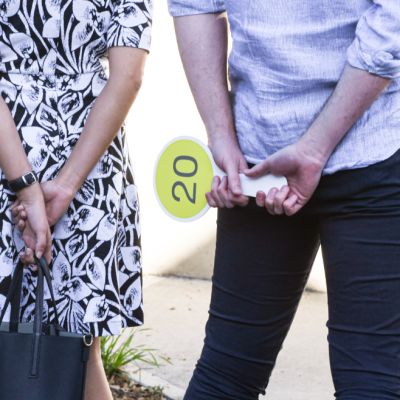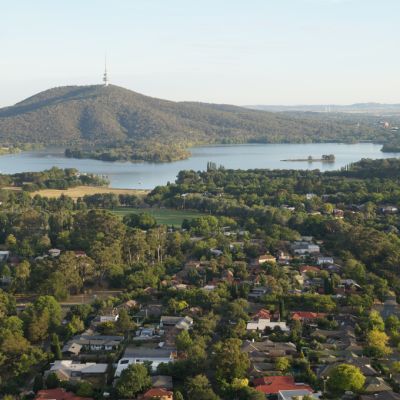‘More bang for your buck’: Newly announced stamp duty relief favours Queanbeyan and regional NSW first-home buyers
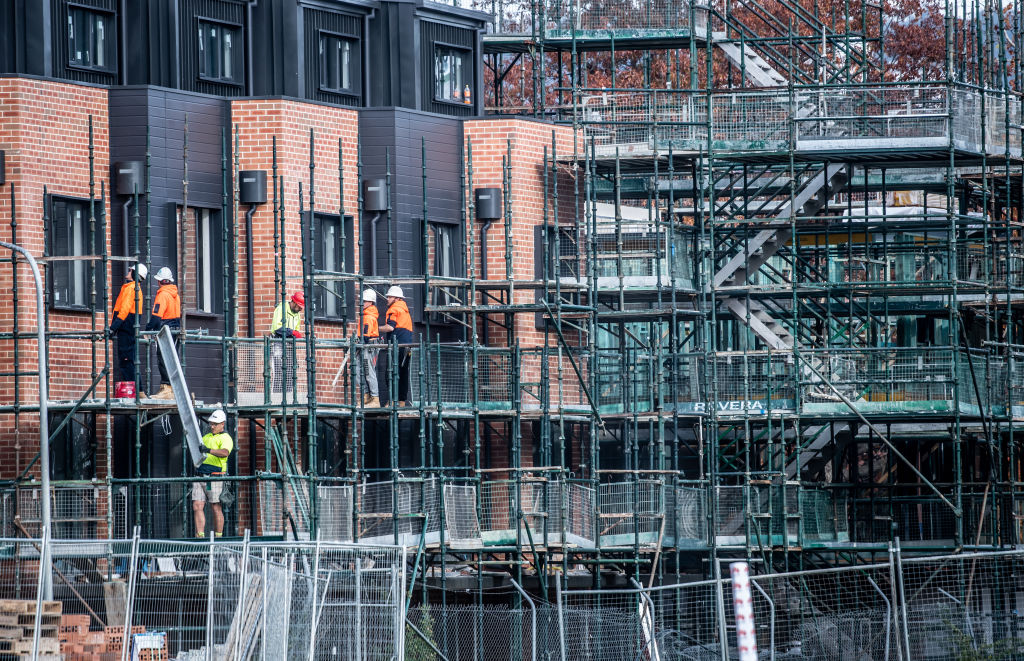
First-home buyers in Queanbeyan and NSW regions surrounding Canberra are the real winners of the NSW government’s latest stamp duty relief announcement, according to experts, which would see the tax axed for new properties worth up to $800,000.
Under the new announcement, which will last for 12 months from August 1, stamp duty exemption for first-home buyers will be lifted from $650,000 to $800,000 for new properties in a bid to support the construction industry, NSW Premier Gladys Berejiklian says.
The threshold for stamp duty concession will also increase from $800,000 to $1 million for new buildings and the threshold for vacant land will rise from $350,000 to $400,000 and will phase out at $500,000.
Domain senior research analyst Dr Nicola Powell said while the latest incentive would benefit all first-home buyers, first-home buyers in regional areas were in a much better position than first-home buyers looking in capital cities such as Sydney.
“I think the increase makes it more in line with purchasing prices in Sydney, where the median house price is still above $1 million,” Dr Powell said.
“But if you look at what you could purchase in, for instance, Queanbeyan, Googong and Bungendore where there is a lot of development happening, there are many house-and-land packages that fall below that threshold.”
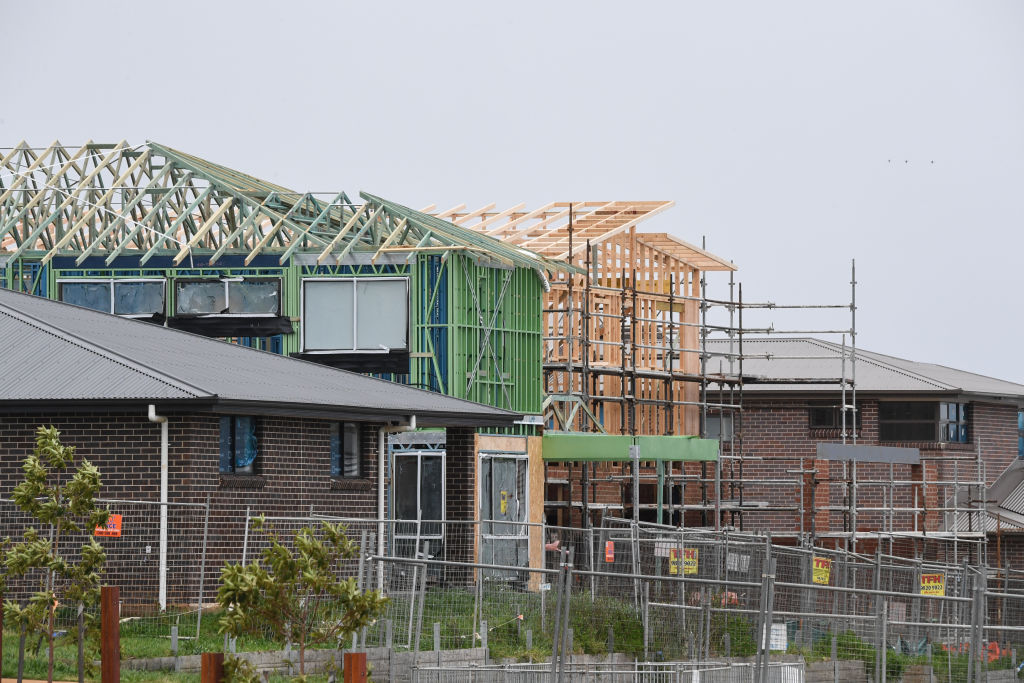
According to Domain’s latest House Price Report, Sydney’s property prices fell by 2 per cent over the past three months to $1.14 million.
Meanwhile, house prices in Greater Queanbeyan increased slightly by 0.4 per cent over the quarter to a median of $640,000.
Purchasing a new property under $800,000 would be more difficult in Sydney considering the tight housing market, Brad O’Mara of Ray White Queanbeyan and Jerrabomberra said.
“You’ll get more bang for your buck in regional areas,” he said.
Mr O’Mara said he’d seen a number of first-home buyers in the market, particularly when the HomeBuilder package was announced, but described it as a “double-edged sword”.
“We have first-home buyers who want to purchase an … off-the-plan home for under $500,000 then we have those who want all the bells and whistles and are willing to spend up to that threshold [$800,000] for their first home,” Mr O’Mara said.
“While increasing that stamp duty threshold from $650,000 to $800,000 may increase some first-home buyers’ budgets, I don’t think there are a lot of buyers willing to spend so much on their first home.”
Housing Industry Association executive director David Bare said the changes complemented the federal government’s $25,000 HomeBuilder package and the NSW state government’s $10,000 first-home owners grant.
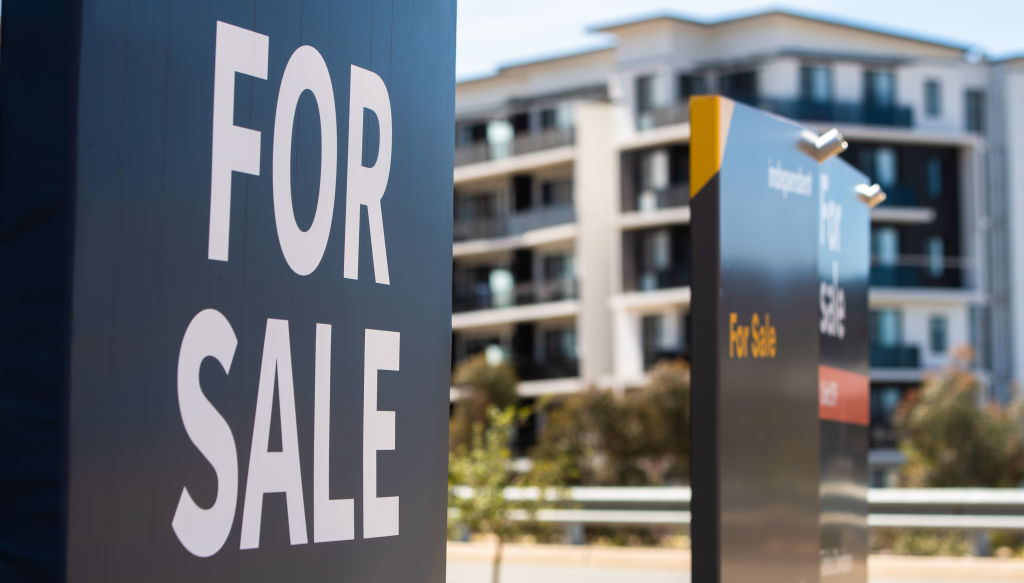
“First-home buyers in NSW should be looking to a new home as a real option to take up home ownership,” Mr Bare said.
“More importantly, this 12-month package will provide a much-needed boost to an industry for which hundreds of thousands of people in NSW rely on for employment.”
While the incentives were an attractive option for first-home buyers, Dr Powell said the NSW government could have introduced an incentive that “captures all buyer segments, even if it meant thresholds were set differently”.
“Similar to what the ACT government has done,” she said.
In June, the ACT government scrapped stamp duty for new land, single residential blocks, and off-the-plan apartments and townhouses worth up to $500,000 for new and existing home buyers.
Off-the-plan apartments and townhouses priced between $500,000 and $750,000 also saw stamp duty reduced by $11,400.
Currently, first-home buyers in the ACT do not need to pay stamp duty on any new or existing homes, as well as vacant land, so long as their annual income is less than $160,000.
“Ultimately, what these incentives are doing is reducing the upfront costs that are a tremendous burden for first-home buyers because not only do they have to save for their deposit, they have to save for stamp duty,” Dr Powell added.
“First-home buyers might be able to get onto the property ladder sooner rather than later.”
We recommend
We thought you might like
States
Capital Cities
Capital Cities - Rentals
Popular Areas
Allhomes
More
